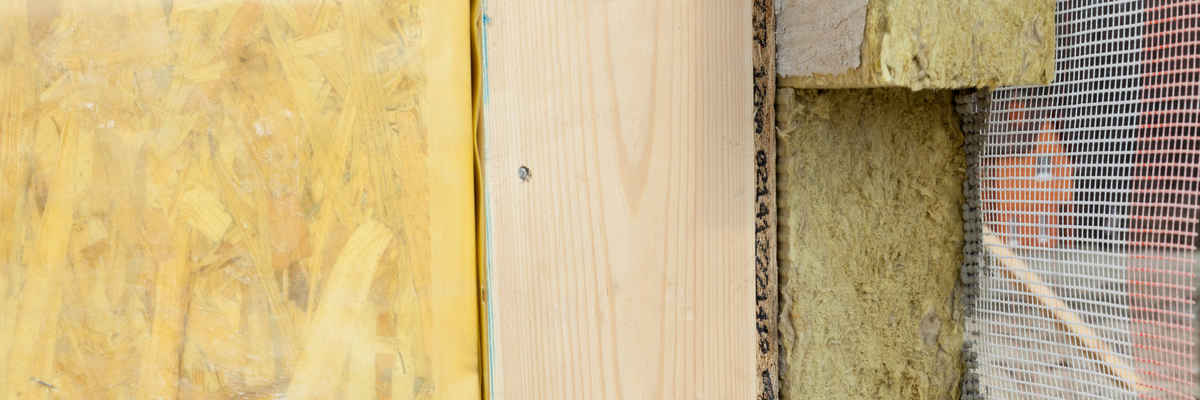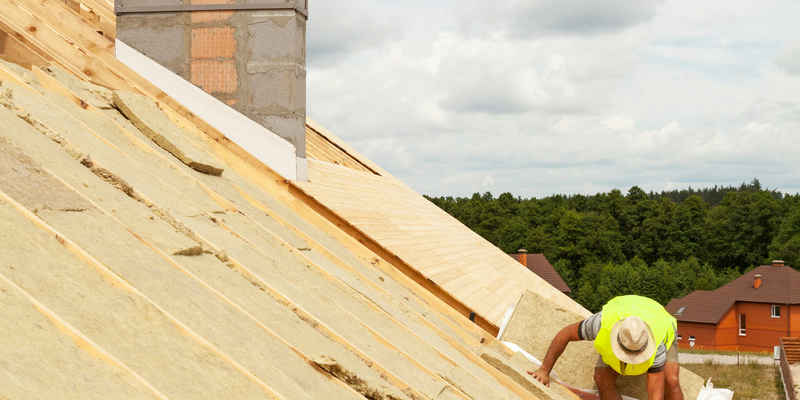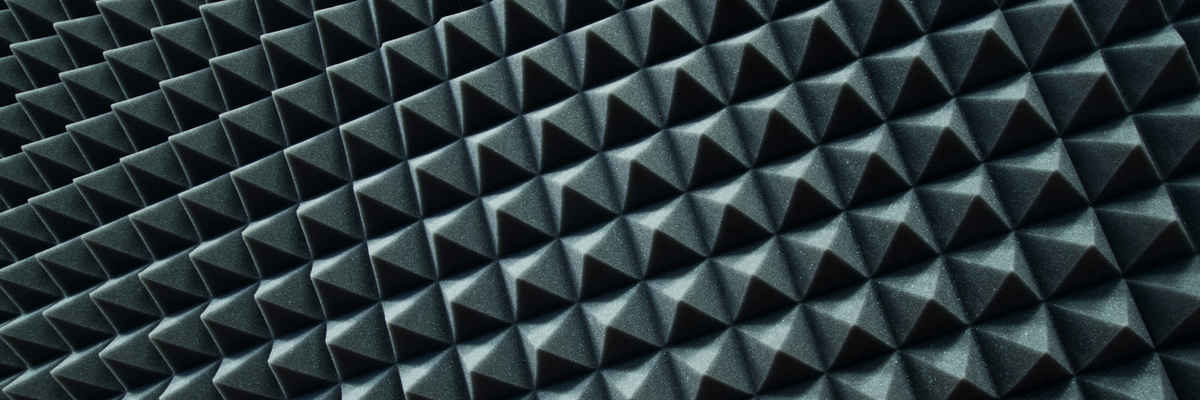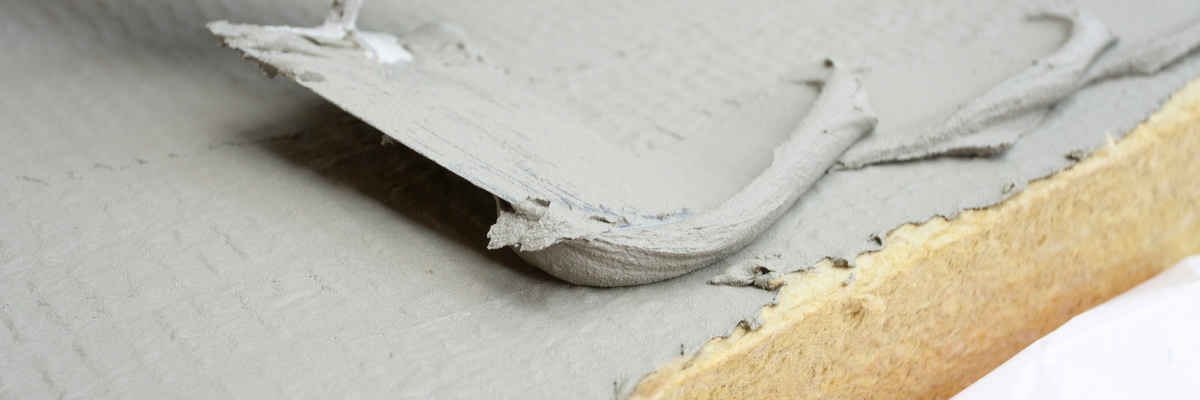What are the benefits of insulation?
Keeping pockets of heat from escaping to the exterior is a benefit of insulation. In winter, an insulated house prevents heat from being lost through windows and on outside surfaces. And in summer, it prevents heat from being sucked back into the room through moist walls and windows.
Benefits of insulation include a reduction in airborn allergies, less susceptibility to disease for more comfortable conditions with lower energy bills.
Water penetration reduced
Another benefit of insulation is that water penetration will be reduced or eliminated because proper wall insulations prevent all but minor leaks due to condensation getting into the walls leaving your metal pipes safe from rusting away while producing potable water for you and your family living within the home indefinitely! Enjoy lower utility bills by using more energy efficient methods suchas insulation to not only save energy but also local wildlife, plants, water and everything else living on this planet!
Warmer in winter months
With proper wall insulation your walls will feel warmer in the winter months because you'll have a more even internal temperature throughout your home rather than hot rooms with cool spaces. The same goes for summer where your house will be cooler with fewer hot spots because of the reduced sunlight penetrating your home.
Lower air conditioning bill
You'll have a lower air conditioning bill due to better insulation against warm air seeking access inside your house through open doors or windows. Homes without proper insulation are very susceptible to high energy bills because of heat loss/heat gain which is just another reason why you should invest in top quality insulation for your home.
Help future generations
For eco-friendly benefits of insulation, you can be confident in the fact that you are conserving more energy which means less carbon dioxide emitted into the atmosphere with a knock-on effect for future generations living within our planet! Many people think they need to pay more for good insulation, but most top brand insulation is priced reasonably so it makes sense to invest in quality insulation for your home.
Call Now - (657) 500-3661
Get Your Free Quote!

What is garage door insulation?
Garage door insulation is a material that covers the garage door and helps keep out drafts and noise.
A garage typically has two openings, one opening for the car and another that provides access to the house. The car's opening usually has an insulated steel reinforced "up-and-over" door so as not to interfere with driving once it is up. However, the less expensive alternative of a manual lifting type garage door leaves this side vulnerable to noisy bangs, drafty chilly winds or rain splashing in from the ground at high elevation. Few homeowners realize how much energy leaks through these costlier doors in wintertime when temperatures are below freezing.
Many products
Keeping this opening from being vulnerable to weather is where garage door insulation comes in. There are many products available on the market today, including a kit at your local hardware store, but there is also a much simpler and less expensive solution: clear plastic sheeting or 30 millimeter poly film will provide instant relief from having to scrape the ice off the car windows, and keep out more cold air than you might think.
Roll-down insulated doors
However, this plastic sheeting does not stand up well to the abuse of the automatic garage door opener (slamming), so some people prefer roll-down insulated doors with no exposed openings to allow the wind free access into their home. It is important to note, however, that some roll-down doors are not as insulated as others.
What type of garage door insulation you choose depends on your personal comfort levels and the appearance you desire. The price range for these products varies widely, so shop around to find one that meets your requirements at an affordable price.
Call Us Now - (657) 500-3661

What is block foam insulation?
There are several types of insulation. One is called "fiberglass," and another is called "block foam."
There are two types of block foam: loose-fill and board-stock. Loose-fill usually fills in the spaces between studs, joists, or rafters; while board stock can be bought in sheets or panels for larger walls, ceilings, or roofs.
Board stock insulation
Board Stock Insulation generally consists of a single sheet of foam sandwiched by two interior facings made from wood composites such as birch plywood with fire retardant markings. The board is usually 4 feet wide and 8 to 12 feet long with a 3 inch thickness. It's used for below ceiling insulation, above sill plates, above door headers, and some applications as roof sheathing.
Loose-fill block foam insulation consists of small blocks of expanded polystyrene (EPS), similar to those described in the next section, but are made for specific ways to use them to insulate.
Loose fill
Loose Fill block foam insulation can be used in several different ways: between studs, around hot pipes, around cold pipes, and under concrete slabs. It is installed in wall cavities or other spaces to provide complete sealing of all openings against air , moisture, sound, and pests. Loose fill block foam insulation is similar to fiberglass in terms of appearance, but it's more dense (about 4 pounds per cubic foot).
Application of loose fill
Loose Fill Insulation can be used in the following applications:
-
Wall Cavities
-
Between Floor Joists
-
Under Slab Foundation
-
Around Pipes and Ducts
-
Above and Below Sill Plates
-
Around Service Penetrations (Electrical, Phone, Cable TV)
There are different types of foam insulation. Some come in blocks that fit into spaces between studs and some come as loose-fill. Overall it's a great way to save on heating and cooling costs.
Call Us Now!
What is residential insulation?
Residential insulation is the encasing of buildings to provide thermal comfort for residents. With home insulation, cold outside air can stay out while warm inside air stays in during the wintertime.
Sealant is important
The exterior wall sealant works to keep warm or cool indoor temperatures from escaping through gaps in between individual boards or bricks, through windows and doors that are improperly sealed, or around electrical wires. The thickness of your walls also helps with winterizing - thicker walls are able to retain heat much more effectively than thin ones. This is why you used to have extra blankets hanging over the back of your couch in the wintertime. And lastly, once you've properly insulated your house's exterior, care should be taken not patch roof leaks due to fog- driven rain. Otherwise, the roof will remain unprotected and eventually sprout leaks when it can no longer hold water in.
Three types of home insulation
There are three different types of home insulation: loose filling, rigid panels and radiant barriers. Loose fill insulation allows for the buildings to breathe and not retain heat or cold. These types of materials include fiberglass, cellulose and polyester batting. They hold up well against mold and mildew growth as well as attract pests. Rigid panel insulation are placed between ceiling joists or studs. They stop air infiltration but rare stand up to moisture. Radiant barriers are reflective sheets that plug up air leaks before they become problems.
Health risks
These materials can be installed by the homeowner, a contractor of an energy service company. The method of insulating is determined on where it needs to be applied . For the exterior of the building a contractor is needed because of the biohazard involved with handling asbestos. The strength and health risks associated with formaldehyde, an organic gas given off by certain insulation products have led to new manufacturing methods that reduce these risks.
Formaldehyde insulation can be produced from recycled newspaper, sawdust sludge and other waste materials . Formaldehyde insulation also is a healthier choice for those who have allergies or chemical sensitivities.
Call For A Quote - (657) 500-3661

What is spray foam insulation?
Spray foam insulation is said to be among the most remarkable construction innovations of our time. It's the only insulation material that offers an R-value, air barrier function, and water seal all in one application.
A quick look at how it works will convince anyone of its amazing qualities. The outer shell ( polyurethane ) is applied first for waterproof protection and to fill any gaps that may exist between sectional cracks or splits in the framing boards before spraying the foam for optimum insulation capability. Its self drying mechanism ensures there are no open cells for leakage so this means no more ice-damming up on windowsills or soggy carpets where water leaks down from roofs during heavy rain spells.
Insulate Your Attic

How long does spray foam insulation last?
Spray foam insulation lasts from 15 to 25 years, depending on the type of spray foam insulation system.
Our expert, Chris Bogle says that most types of closed-cell spray foams offer a useful service life of up to 10 or 15 years in structural applications. "The open-cell variety generally offers just a year or two," he adds, "under the same circumstances."
There is a caveat here too--back then a consumer that would have purchased an open-cell product might have also had something like R-11 installed at the same time for their ceiling and walls. And if you tear out such an old wall today and start over with closed cell product it might last even 2 times as long because you don't need such thick layers over your floor anymore for additional insulation.
How long does spray foam insulation last?
Spray foam insulation lasts 20 years.
A typical, well-installed polyurethane spray foam application can last up to 30 years, with some industry experts claiming upwards of 50 years durability without deterioration. These estimates are based on a building that is properly constructed and maintained to ensure the long-term performance of the installation.
How much does spray foam insulation cost?
It can cost between $2.50-$7.00 per square foot, on average. In some cases, you can get a better deal if you get quotes from several contractors since the price is often different between companies. Spray foam insulation can add up to $5,000 in cost to your home, and the average homeowner spends about $2,600 on the total project.
Keep Warm This Winter!

Why should you choose Insulation Fullerton California?
Insulation Fullerton California has been in business for many years. Our highly trained and skilled technicians use the most advanced equipment to ensure that your insulation installation is done right.
Consistent quality
The insulation Fullerton California uses is of high quality and performance, which means it will last for many years. Our technicians have also undergone special training to ensure that they install your insulation in the best way possible.
We save you money
Our highly responsive team is always up-to-date with the latest insulation technology, which means that you will save money on your energy bills. We have a lot of experience working in a wide range of settings - from residential to commercial - so there's no job too big or small for us to handle.
We're knowledgable
When it comes to insulation Fullerton California can provide you with all the insulation know-how you need. We specialize in all kinds of insulation, including spray foam insulation.
Want to insulate your house and save money? Get in touch now!
Work with our partners
- We have insulation contractors in Melbourne Florida you can work with
- If you're in Fisher's Indiana, check out our insulation contractor in Fishers, Indiana
- Want insulation in Savannah, GA? Check out a spray foam insulation contractor
- If you need attic insulation in Sunnyvale, California, click that link!
- Click here for a stucco company in Plant City, Florida
- Get some insulation in Chapel Hill
Insulate Your House
